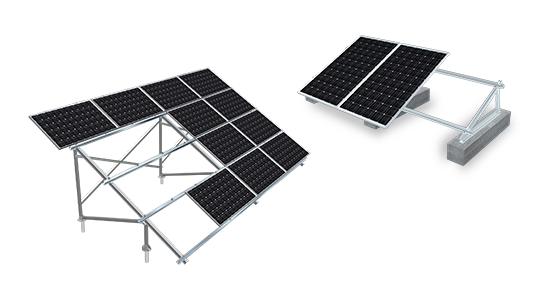Applications for Different Types of Solar Panels
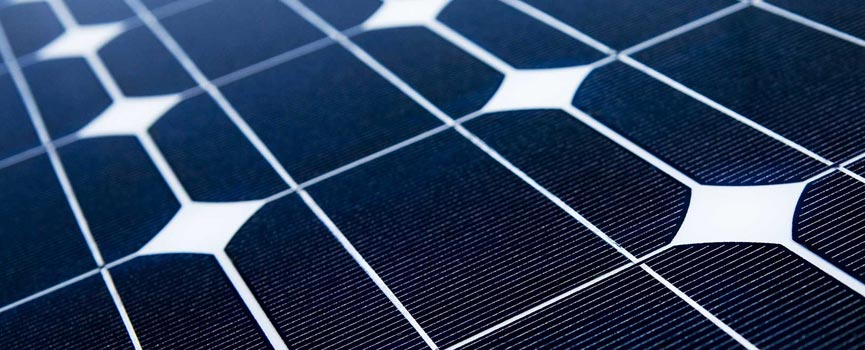
Solar panels are those devices that are used to absorb the sun's rays and convert them into electricity through photoelectric effect or photochemical effect directly or indirectly. Compared with ordinary batteries and rechargeable batteries, solar panels are environment-friendly products with higher energy efficiency.
The main types of solar panels
There are three main types of solar panels: monocrystalline, polycrystalline, and thin-film (amorphous silicon), and each with its own unique advantages and disadvantages as followings:
Monocrystalline Solar Panels
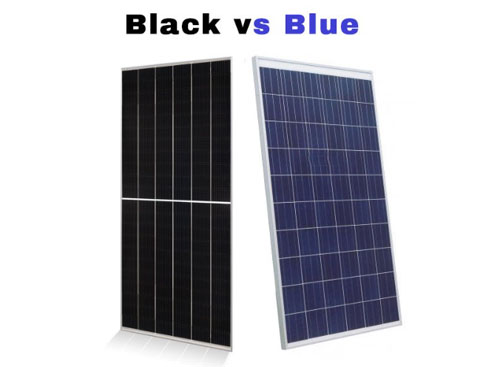
Monocrystalline solar panels have the highest efficiency rates compared with other types of solar panels while it has relatively more production costs. Due to being packaged with water repellent resin and tempered glass, it is robust enough and has a long lifespan of up to 25 years. For details on solar panel lifespan and payback period, click here.
Polycrystalline Solar Panels
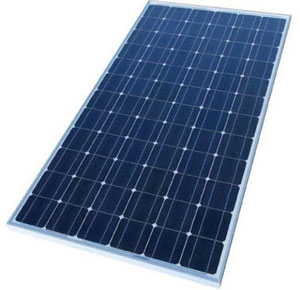
The fabrication process of polycrystalline solar panels is similar to that of monocrystalline silicon cells, but it has less conversion efficiency. Besides, it is more reasonable than monocrystalline cells in terms of the production cost for its easy materials manufacturing. But it has shorter service life compared to the monocrystalline cells.
Thin Film (Amorphous Silicon) Solar Panels
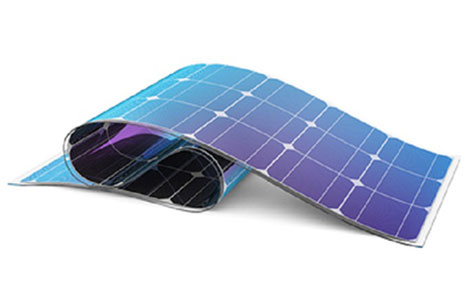
Amorphous silicon (a-Si) solar panels, also known as thin-film solar panels, are completely different from the above solar panels in terms of the fabrication method, which performances the difference in great simplified fabrication progress, less raw material consumption and less energy lost. And its main advantage is that it can generate electricity even in the weak current condition. However, it also faces some drawbacks such as the low rate of conversion efficiency, unsteadiness, and its conversion efficiency decays with the extension of time.
Application Scenarios for Different Types of Solar Panels
Monocrystalline solar energy has the highest conversion efficiency of 24% among all types of solar panels. However, the production cost of monocrystalline solar cells is also high. Polycrystalline silicon cells have lower production costs than monocrystalline silicon cell while it has less conversion efficiency. As for Thin-film solar panels, whose efficiency and power are generally lower than monocrystalline and Polycrystalline solar panels, is the least producing cost solar panel. So it is more recommendation to select solar panels according to your needs and price requirements.
For those homeowners who has large-scale space to install solar panels, it's better to choose polycrystalline solar panels that are relatively moderate in cost to save money. But if your available installation space is limited, then you can choose monocrystalline solar panels that has higher efficiency to maximize savings on your electricity bill.
For large-scale commercial roofs that cannot withstand too heavy solar panels, thin-film solar panels are the preferred choice for its light weight, lower failure rate and more affordable on cost. In addition, thin-film solar panels can also be a solution for portable solar systems, such as RVs or boats.
